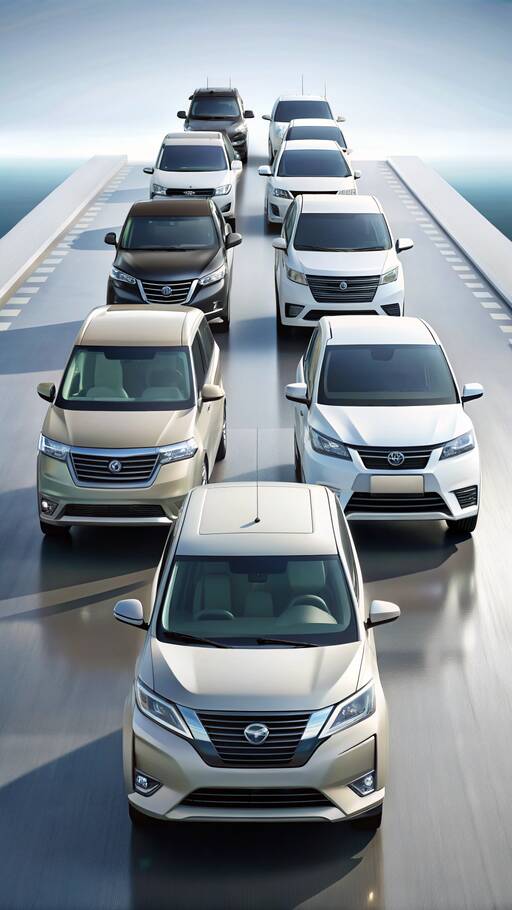
Nissan is in the midst of leadership changes and financial challenges as it prepares to welcome Ivan Espinosa as CEO on April 1. He is set to guide the company towards innovation in powertrains and driver assistance systems. While testing advanced autonomous vehicles, Nissan is deliberately holding back on Level 3 driving capabilities, choosing to enhance Level 2 technology instead. Despite the technology being ready, Nissan's decision to delay Level 3 tech is supported by Kazuhiro Doi, the corporate vice president for research and autonomous driving.
Ponz Pandikuthira, Nissan Americas' regional senior VP, explains that although the technology is available, consumer interest has not yet caught up. Most drivers appreciate existing Level 2 features like adaptive cruise control but are not eager to pay extra for more advanced automation. Analyst Ed Kim supports this view, noting that mainstream buyers are not yet comfortable with Level 3 technology, urging Nissan to focus on other pressing issues.
Nissan is continuing to refine its driver assistance systems, hoping that in the future, a decrease in semiconductor chip prices will make Level 3 more affordable. The company’s leadership began with the ProPilot Assist system on the Nissan Serena minivan back in 2016. Since then, this technology has been rolled out in market-leading models like the Rogue and Leaf, evolving alongside consumer needs.
Nissan remains committed to pioneering autonomous technology, with ongoing testing of Level 4 capabilities in Japan. Using Serena minivans as robotaxis in Yokohama, equipped with an array of cameras, radars, and lidars, Nissan is addressing a shortage of taxi drivers and exploring new transportation solutions. Over the next two years, they plan to test 20 minivans, eventually expanding and capitalizing on this ride-hailing service by 2027 to tackle urban mobility challenges.
In summary, Nissan’s strategic restraint from advancing to Level 3 autonomous driving reflects consumer hesitance and current economic priorities. While focusing on Level 2 advancements, Nissan is preparing for a future where technological and market readiness align.